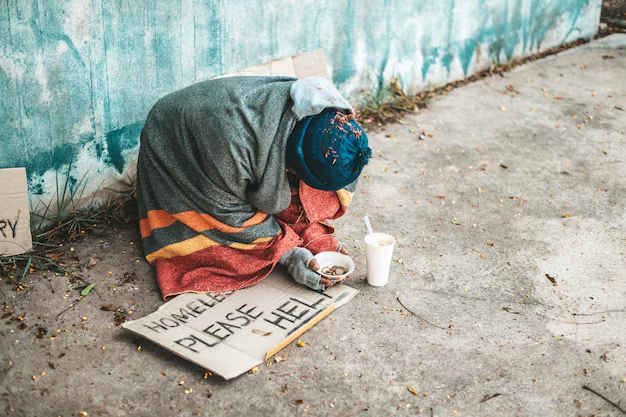Navigating Support at Bakersfield Homeless Shelter, California
Finding a safe haven in challenging times can be daunting. Bakersfield Homeless Shelter in California is a beacon of hope for many individuals and families seeking temporary relief and guidance towards a more stable life. Understanding what this shelter offers and the associated resources can pave the way to a brighter future.
The Role of Bakersfield Homeless Shelter
Located in the heart of Bakersfield, this shelter provides more than just a roof over one's head. It offers a multitude of services that are aimed at empowering residents to regain independence and improve their livelihood. Comprehensive support includes:
- Temporary Accommodation: Safe and secure living spaces for individuals and families.
- Nutritious Meals: Regular meals to ensure no one goes hungry.
- Job Assistance: Support in job searches and skill-building workshops.
- Counseling Services: Mental health support to help process and manage life changes.
- Educational Programs: Opportunities to continue learning and gain qualifications.
By addressing immediate needs, Bakersfield Homeless Shelter lays the foundation for long-term well-being, positioning residents towards permanent housing solutions and financial stability.
Expanding Your Support Network
For those utilizing the Bakersfield Homeless Shelter or individuals seeking similar support, it's beneficial to explore additional resources. Various government and non-governmental aid programs are available, designed to extend a helping hand beyond initial support.
Financial Assistance Programs
Government Assistance Programs: Programs such as the Temporary Assistance for Needy Families (TANF) provide financial aid to help cover essential expenses.
Non-Profit Organizations: Many non-profits offer emergency funds, case management, and housing aid specific to California residents.
Debt Relief Options
Navigating debt can be overwhelming, but various solutions offer relief:
- Debt Consolidation: Combines multiple debts into a single, manageable payment plan.
- Credit Counseling: Professional guidance to create a personalized plan to manage and reduce debt.
- Bankruptcy Advice: Understanding the implications and process, should it become necessary.
Education and Skill Building
Education opens doors to sustainable employment opportunities. Enhancing skills through:
- Educational Grants: Financial support for continued education or vocational training.
- Community College Programs: Access to affordable education tailored to meet local employment demands.
By leveraging these resources, individuals can transform temporary setbacks into opportunities for growth and advancement.
Building a Bridge to a Better Future
Bakersfield Homeless Shelter plays a pivotal role in immediate assistance, but understanding and availing additional resources can make a significant difference in personal recovery trajectories. Each step taken towards stability is an investment in a brighter future—empowered by support services, strategic financial planning, and educational pursuits.
Quick Reference Guide to Resources
- 🏡 Bakersfield Homeless Shelter: Shelter, meals, job, and counseling support
- 💼 Temporary Assistance for Needy Families (TANF): Financial aid program
- 🤝 Debt Consolidation/Relief Services: Reduce and manage existing debts
- 🎓 Educational Grants/Scholarships: Access to education and skill-building
- 🚀 Community College Programs: Job-centric affordable education
Embracing the support and resources available not only uplifts immediate circumstances but also lays the path for long-term success and prosperity.
